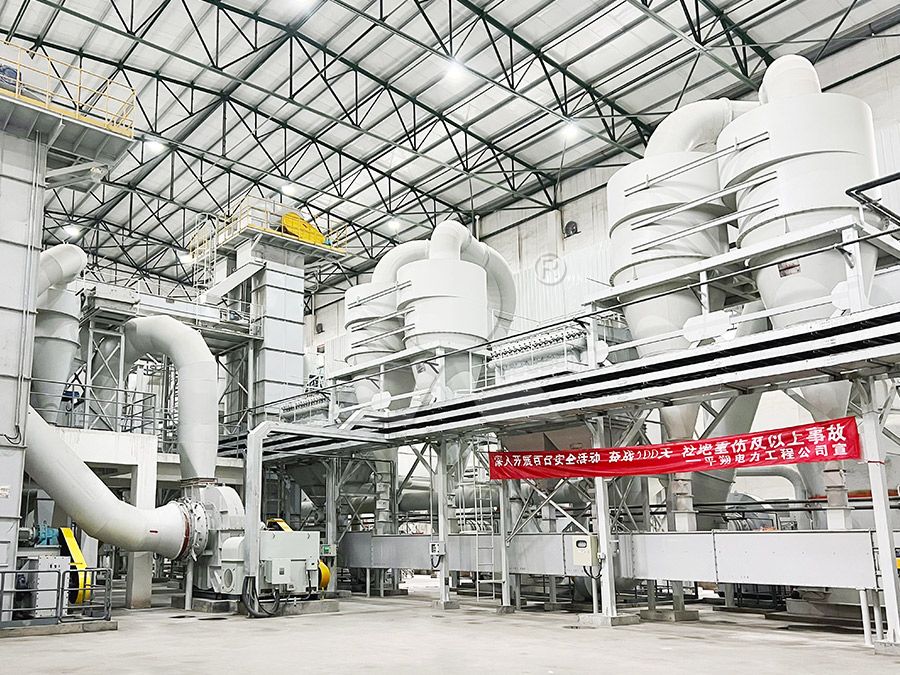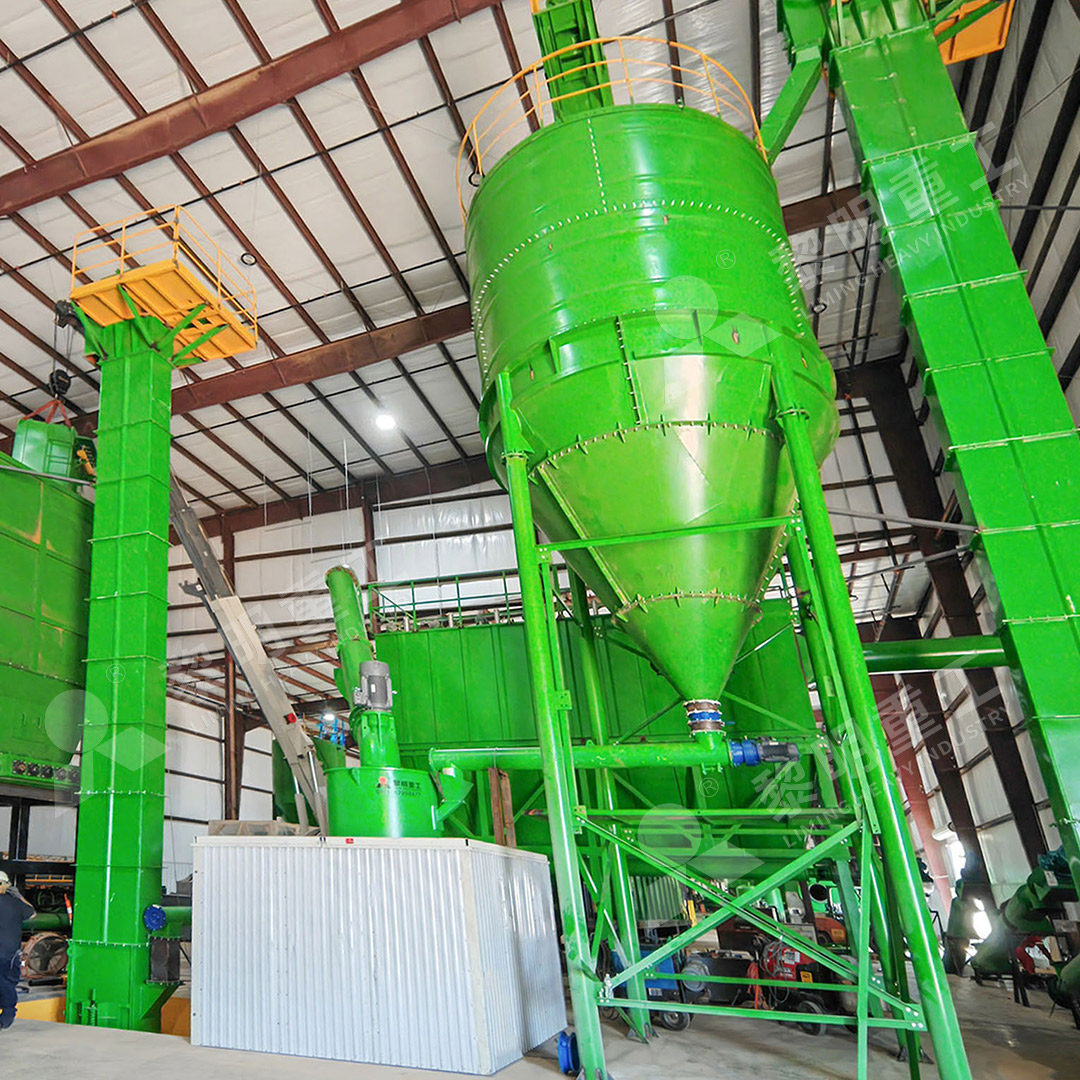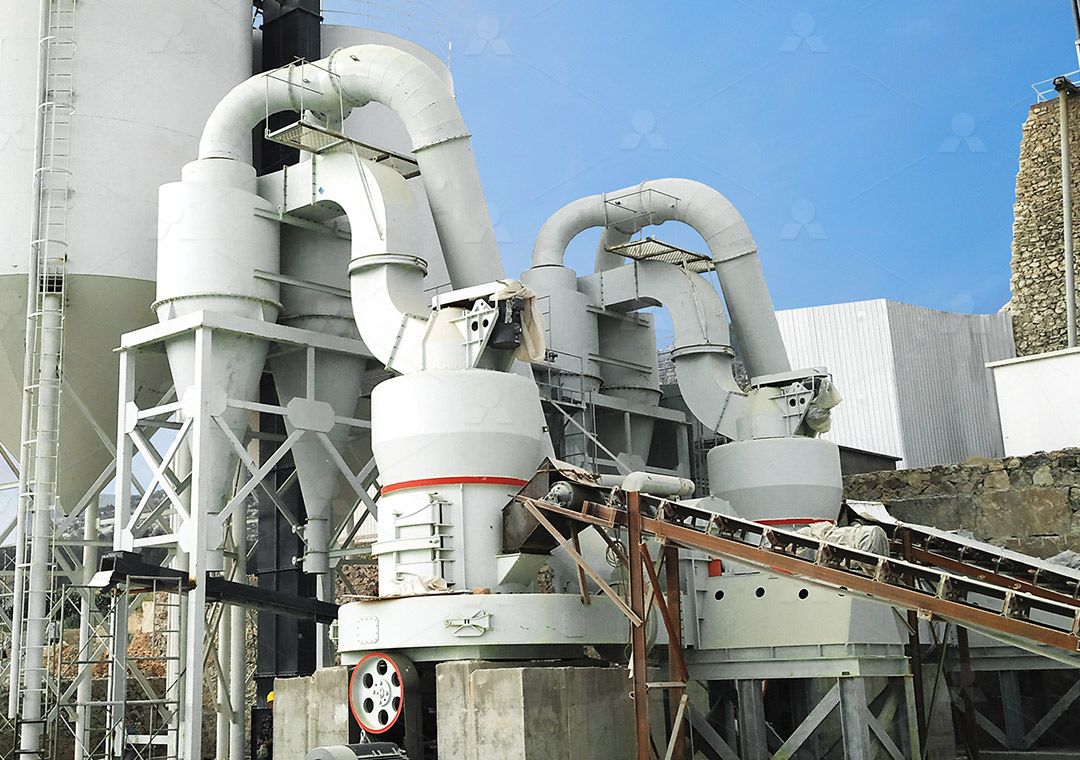What is a Raymond Mill for Fine Powder Grinding?
What is a Raymond Mill for Fine Powder Grinding?
When it comes to fine powder grinding in industrial applications, one name consistently stands out: Raymond Mill. As a project engineer with over fifteen years of experience in mineral processing, I’ve witnessed firsthand how this technology has evolved to meet modern production demands. The traditional Raymond Mill, originally developed in the early 20th century, has served as the foundation for numerous advancements in powder processing technology.
The fundamental principle behind Raymond Mill operation involves grinding materials between rotating rollers and a stationary grinding ring. Material is fed into the center of the grinding chamber and moves outward under centrifugal force, where it’s crushed between the grinding elements. The resulting powder is then carried by airflow to a classifier that separates fine particles from coarse material, which returns for further grinding.

While traditional Raymond Mills remain effective for many applications, technological progress has introduced more sophisticated solutions for ultra-fine powder production. Today’s operations demand higher efficiency, better particle size control, and reduced environmental impact—requirements that have driven the development of next-generation grinding equipment.
Modern Alternatives to Traditional Raymond Mills
For operations requiring ultra-fine powders in the range of 325-2500 meshes, the MW Ultrafine Grinding Mill represents a significant advancement. This equipment addresses several limitations of earlier designs while maintaining the reliability that made Raymond Mills popular. With an input size capability of 0-20 mm and capacity ranging from 0.5 to 25 tons per hour, this machine suits various production scales.
What particularly impresses me about the MW Ultrafine Grinding Mill is its innovative approach to common grinding challenges. The absence of rolling bearings and screws in the grinding chamber eliminates concerns about bearing damage or loose fasteners causing operational failures. From a maintenance perspective, this design decision dramatically improves reliability and reduces unexpected downtime.

Key Advantages for Fine Powder Production
The MW Ultrafine Grinding Mill demonstrates remarkable efficiency gains compared to earlier technologies. Production capacity is approximately 40% higher than jet grinding mills and stirred grinding mills operating at the same fineness and power levels. Even more impressive is the fact that its yield doubles that of ball grinding mills while system energy consumption drops to just 30% of jet grinding mill requirements.
Another standout feature is the German-designed cage-type powder selector, which provides exceptional precision in particle separation. The flexibility to configure multi-head cage-type selectors according to specific production requirements for yield, fineness, and sieving rate gives operators unprecedented control over final product specifications.
Environmental and Operational Considerations
Modern grinding operations must address environmental concerns, and the MW Ultrafine Grinding Mill incorporates several features to minimize impact. The integrated efficient pulse dust collector ensures no dust pollution during operation, while silencers and noise elimination rooms reduce acoustic emissions. The entire production system complies with national environmental protection standards, which is increasingly important for obtaining operating permits.
For operations requiring different specifications, the LUM Ultrafine Vertical Grinding Mill offers another excellent option, particularly when dealing with slightly smaller input materials (0-10 mm) and requiring capacities between 5-18 tph. Its unique roller shell and lining plate grinding curve design generates material layers more effectively, enabling high rates of finished products through single-pass powder milling.

Application Versatility
These advanced grinding mills handle diverse materials including limestone, calcite, dolomite, petroleum coal, gypsum, barite, marble, talc, and various chemical industry materials for paint, cosmetics, medicine, and food additives. This versatility makes them suitable for numerous industries from construction materials to specialty chemicals.
Frequently Asked Questions
Q: What distinguishes the MW Ultrafine Grinding Mill from traditional Raymond Mills?
A: The MW Ultrafine Grinding Mill incorporates several advancements including higher efficiency grinding curves, absence of rolling bearings in the grinding chamber, German powder separation technology, and integrated environmental controls that significantly improve upon traditional Raymond Mill designs.
Q: What fineness range can the MW Ultrafine Grinding Mill achieve?
A: This equipment can produce powders ranging from 325 to 2500 meshes, with screening rates achieving d97≤5μm in a single pass, making it suitable for ultra-fine powder applications.
Q: How does the energy consumption compare to other grinding technologies?
A: The MW Ultrafine Grinding Mill reduces energy consumption to approximately 30% of jet grinding mills while doubling the output of ball grinding mills, representing significant operational cost savings.
Q: What maintenance advantages does the MW Ultrafine Grinding Mill offer?
A: With no rolling bearings or screws in the grinding chamber and external lubrication points that allow maintenance without shutdown, the mill dramatically reduces maintenance requirements and associated downtime.
Q: Can these mills handle materials beyond mineral powders?
A: Yes, applications extend to chemical industry materials, including those for paint, cosmetics, pharmaceuticals, and food additives, providing broad versatility across industries.
